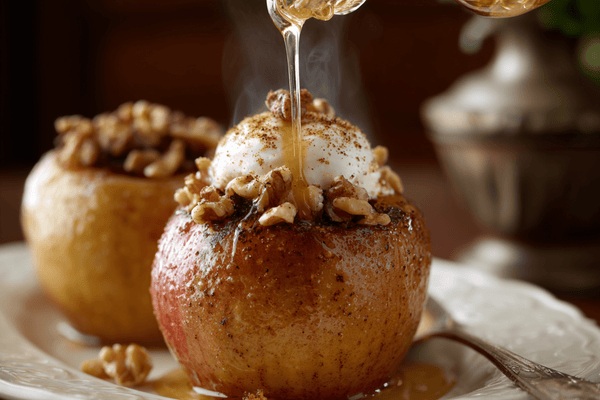
There is no doubt about it; using a dull knife is a huge no-no. While you might not think it, a sharp edge on a knife is always safer. But in order to keep your knives sharp, you’ll need something to sharpen them with.
Standard knife sharpeners aren’t all they’re cracked up to be and if you want the best for your blades, which we know you do, then using a whetstone or a sharpening stone, is the obvious choice.
But what is a sharpening stone and how do you use it? In this guide, we’ll cover the basics so that you can get to know your whetstone and make the most out of it making dull knives a thing of the past. This is our article around whetstone essentials - what you need to know...
Table of contents
What Is a Whetstone?

Sharpening stones can be made from natural stone — but they can also be made from synthetic materials. Synthetic whetstones are the most common nowadays for the sharpening process. Typically made of some kind of aluminium oxide variety, these sanding stones are abrasive but soft in their density. The use of natural stones for sharpening has diminished with the widespread availability of high-quality artificial stones with consistent particle size. As a result, the legendary Honyama mines in Kyoto, Japan, have been closed since 1967.
You’ll notice that when you buy a whetstone, it will come with a number that tells you how coarse or fine it is. Similar to sandpaper. However, we will go into these numbers in a little more detail later in this guide.
How to Use a Whetstone
When you’ve got your hands on a whetstone, you’re going to be wondering how to use it to sharpen knives. When it comes to sharpening stone essentials, it goes without saying that this is something you need to know to use these tools effectively.Now, hear us out with this next part; using a whetstone to sharpen a knife can take up to one hour. This sounds like a lot but when it’s done properly, it’ll be something that you don’t have to do very often, so it’s time well spent.
Before getting started, you’ll need to understand when your knives need to be sharpened. Generally speaking, you’ll know when things aren’t right because the knife edge simply won’t cut food as well as it once did. Many experts suggest slicing a tomato; if the edge doesn’t make a clean cut, then there’s a good chance it isn't sharp and has become too dull.
Step 1
You’ll need to start by using the side of your whetstone with the coarser grit so place it down flat with this side facing up. For the purposes of this guide, we will be looking at how to sharpen a double bevel knife so we’ll start with the first edge.Place this edge of the blade down onto the stone at about a 15-degree angle. The set includes a plastic angle guide. Start at the tip and with just a little pressure, taking care to protect your fingers with the angle guide, and begin to move the blade away from you slowly, in a controlled motion. It’s a good idea to count how many times you have to pass the blade over the stone so you can match this on the other side.
Step 2
Next, you will need to repeat this process on the second edge trying to match the number of strokes you made in the first instance. When you have finished this side, you’ll need to rinse the stone off as well as your knife. Make sure that you thoroughly dry the blade.Step 3
It’s now time to polish your blade to finish it off. To do this, you’ll need to flip the stone over to reveal the finer grit - the polishing side. The good news is that this part of sharpening doesn’t take as long and just a few passes over the stone will be enough to polish the blade of your knife.
Once you have finished sharpening with your whetstone, it’s a good idea to test the blade and make sure it’s up to scratch. You can try slicing with it and see the difference. If, however, you feel as though it is still struggling, you might need to sharpen it a little more. As you get to know your whetstone and your knives, you’ll be able to get it spot on every time.
Whetstone Maintenance
As well as knowing how to use your whetstone, it’s important to understand how to take good care of this quality product. While the name may mislead you, we would never recommend soaking a whetstone with a grit of 3000 or more. Just dripping a bit of water on the sharpening stone will be enough.Furthermore, it’s essential not to use any other products on your whetstone. For example, things like grease or oil. The only thing you need to wet the stone is water; anything else may damage it.
When you have finished using your whetstone, you’ll store it in its original box. However, you should first make sure that it dries out fully to avoid any problems with mould.
How to Choose a Whetstone - Getting the Right Grit

When you come to purchase a whetstone, you’ll notice that they come with numbers to indicate how abrasive they are. It’s important not to just pick any as each grit is designed to do a different job. Some people like to choose more than one whetstone whereas others go for a dual sided sharpening stone.
Whetstones with less than 1000 grit are normally reserved for knife edges that have been damaged. This could be a chip in the blade, for example. They’re so coarse that they will quickly remove this damage and make the knife as good as new. They’re also excellent for bringing a very dull knife back to life far more quickly than a less coarse stone.
For general knife sharpening, you would choose a whetstone whose grit is between 1000 and 3000. These are ideal for everyday knife sharpening when a blade is not damaged but does need to be made less dull. However, don’t go over the top otherwise you stand to damage the surface of your knife.
Finally, there are whetstones with a different grit of between 4000 and 8000. These are the finest of all the whetstones and are made for polishing and finishing and so that you can fine tune the blade edge. Generally speaking, you’d look for one that is around 5000 or perhaps 6000. These will be more than sufficient for domestic chefs to sharpen their kitchen knives. The only time you’d opt for an 8000 grit whetstone would be if the knife was only used for tasks like cutting fruit


